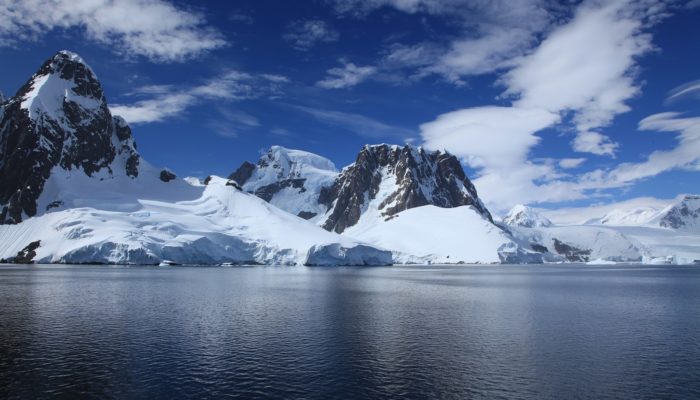The climate of Earth’s most southerly landmass (i.e., Antarctica) has varied considerably throughout geological time. The Cretaceous (145-66 million years ago – mya) is widely considered to have been a greenhouse Earth with warmer (or at least warmish) temperatures, globally. Although, there is no direct evidence for pre-Eocene ice sheets in Antarctica, some geological and geochemical proxie ...[Read More]
A glimpse into the INTIMATE’s summer school of 2022
The Earth’s climate has been rapidly changing in the last decades. That’s a fact! Virtually, every one of us has been experiencing those changes in person, but how do we know that Earth’s climate has changed in the past beyond the instrumental data of the last ~200 years? From ancient manuscripts to geologic records, there are many “archives” one might consider “reading” to infer or reconstruct pa ...[Read More]
Communicating climate change
Both the uncertainty inherent in scientific data, and the background and ethics of the communicators who report such data to any given audience, can sow doubt about the science of climate change. The perception of this duality is engrained in how the human mind works, whereby we tolerate lies but are always ready to condemn hypocrisy. We illustrate this through a personal experience that is connec ...[Read More]
Land snails in the service of paleoecological studies
Paleoecological use of land snail shells is no longer a new field of science. They are studied by malacologists and palaeontologists who specialise in the study of molluscs. During the last glaciation, loess, a light yellow, fine-grained sediment, was deposited over large areas, mainly in the periglacial regions of Eurasia and North America. In addition to its many advantages, it has also provided ...[Read More]




